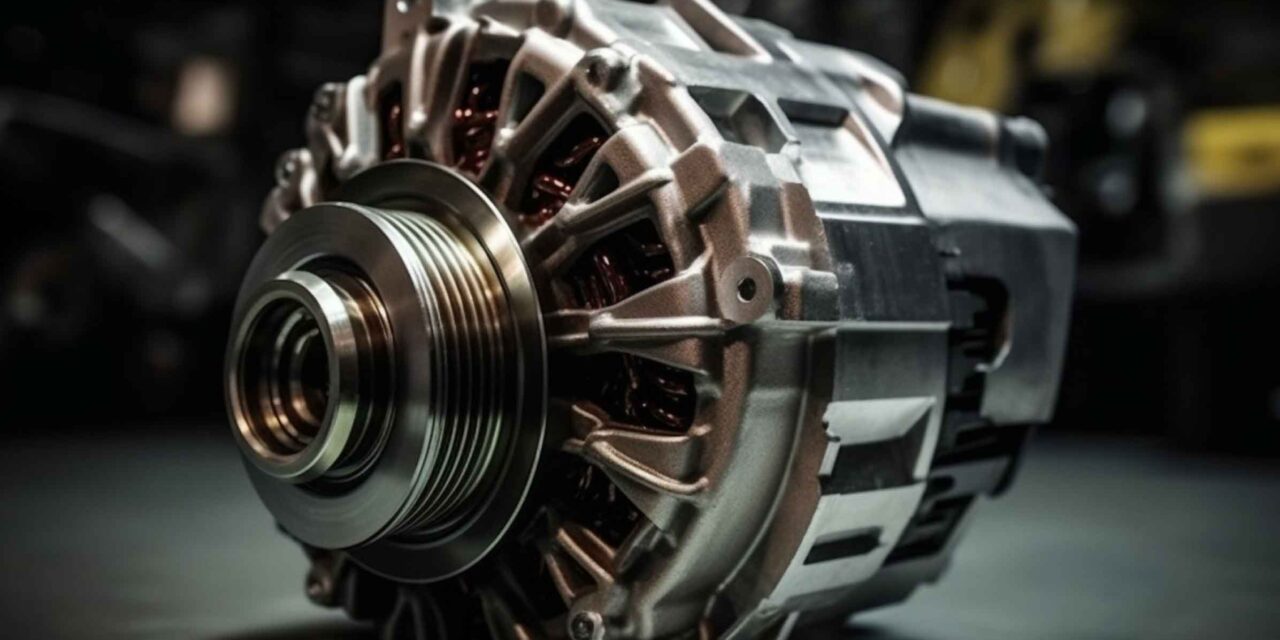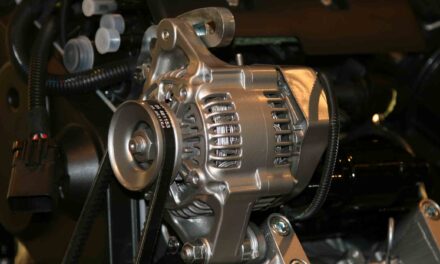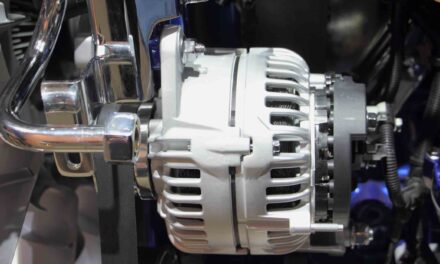When diving into the intricacies of the alternator, one term often surfaces amperes (or amps). While many understand it’s tied to power, its importance when choosing an alternator can’t be overstated. This guide will decode alternator output ratings and explain why amps matter.
Understanding Amperes (Amps)
Basics:
Ampere, abbreviated as Amp, is the unit measuring electric current. In the context of alternators, it indicates the amount of electrical charge an alternator can produce.
Why It Matters:
A vehicle’s electrical system demands a particular current to run efficiently. If an alternator can’t supply the necessary current, it could lead to battery drain and underpowered electrical systems.
Interpreting Output Ratings
Standard Output:
Many passenger vehicles require alternators with outputs between 60-100 amps. This suffices for powering basic electronics, lights, and the ignition system.
High Output:
Performance cars, vehicles with high-end audio systems, or those equipped with additional lighting or equipment might need alternators with outputs ranging from 100 to 200 amps.
Matching to Your Vehicle’s Needs
Assessment:
Review the vehicle’s manual or consult a mechanic to gauge the required ampere output. Consider any custom additions to the vehicle that demands power.
Overestimating:
While opting for an alternator with higher amps might seem safe, unnecessary power can lead to inefficiencies and even damage.
Conclusion:
Understanding alternator output ratings ensures you pick the suitable unit for your vehicle. It’s a balance between meeting power requirements and ensuring efficient operation, ensuring longevity for the alternator and the vehicle’s electrical systems.
Wire Alternator Regulator Plug Harness Lead Repair...
$7.59 (as of July 27, 2024 02:39 GMT +00:00 - More infoProduct prices and availability are accurate as of the date/time indicated and are subject to change. Any price and availability information displayed on [relevant Amazon Site(s), as applicable] at the time of purchase will apply to the purchase of this product.)Automotive Alternator Compatible for 120Amp Chrome...
$87.99 (as of July 27, 2024 00:52 GMT +00:00 - More infoProduct prices and availability are accurate as of the date/time indicated and are subject to change. Any price and availability information displayed on [relevant Amazon Site(s), as applicable] at the time of purchase will apply to the purchase of this product.)ASTOU New V6 130Amp Alternator fits 2005 2006 2007...
$85.49 (as of July 27, 2024 03:38 GMT +00:00 - More infoProduct prices and availability are accurate as of the date/time indicated and are subject to change. Any price and availability information displayed on [relevant Amazon Site(s), as applicable] at the time of purchase will apply to the purchase of this product.)New Alternator Compatible With 1998-2002 Mercruise...
$98.95 (as of July 27, 2024 02:39 GMT +00:00 - More infoProduct prices and availability are accurate as of the date/time indicated and are subject to change. Any price and availability information displayed on [relevant Amazon Site(s), as applicable] at the time of purchase will apply to the purchase of this product.)
Disclaimer: This article is intended for informational purposes only. Always consult a professional technician or automotive expert before deciding on alternator replacements or upgrades. Neither the author nor the platform is liable for decisions based on this information.

















